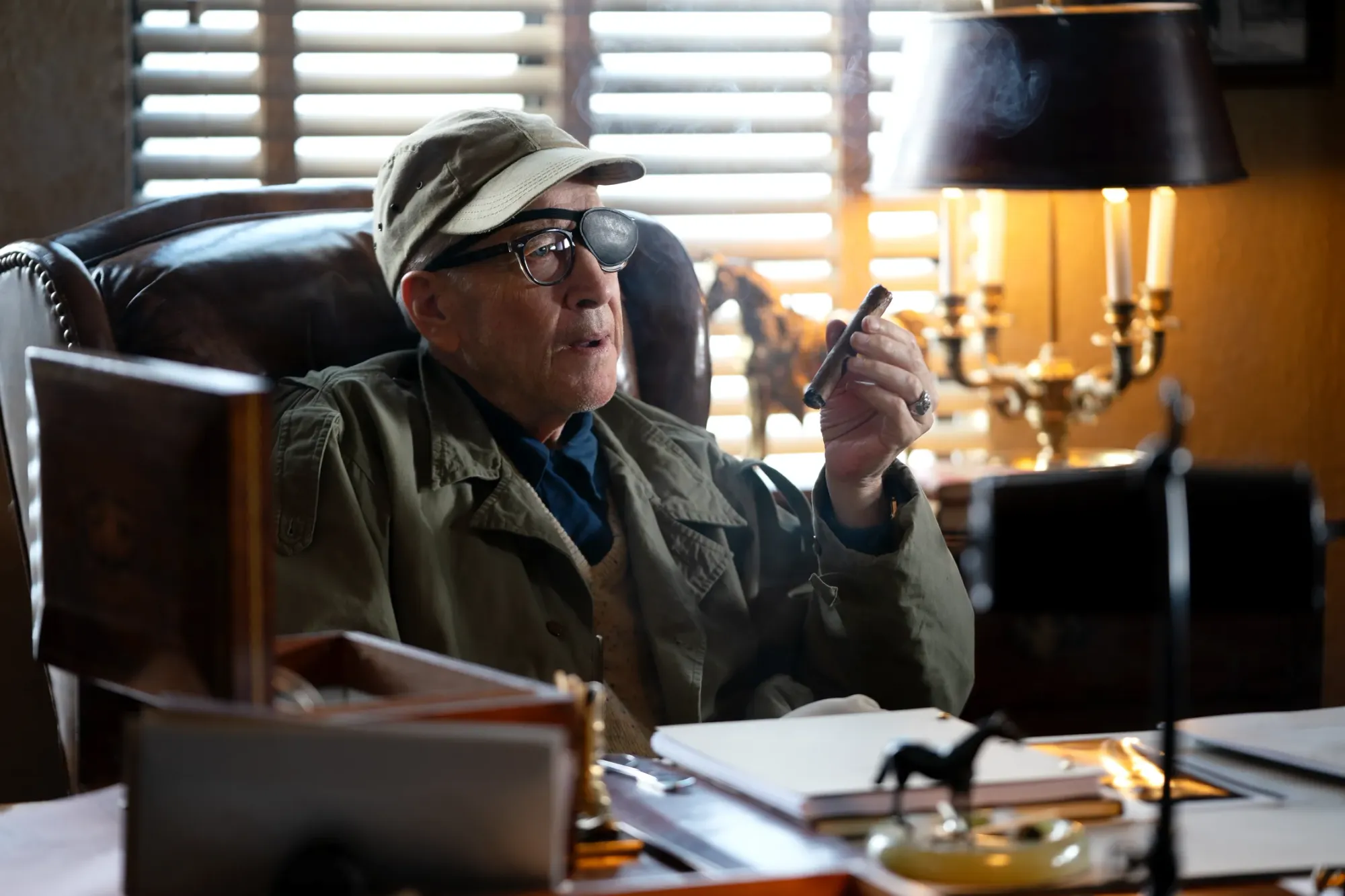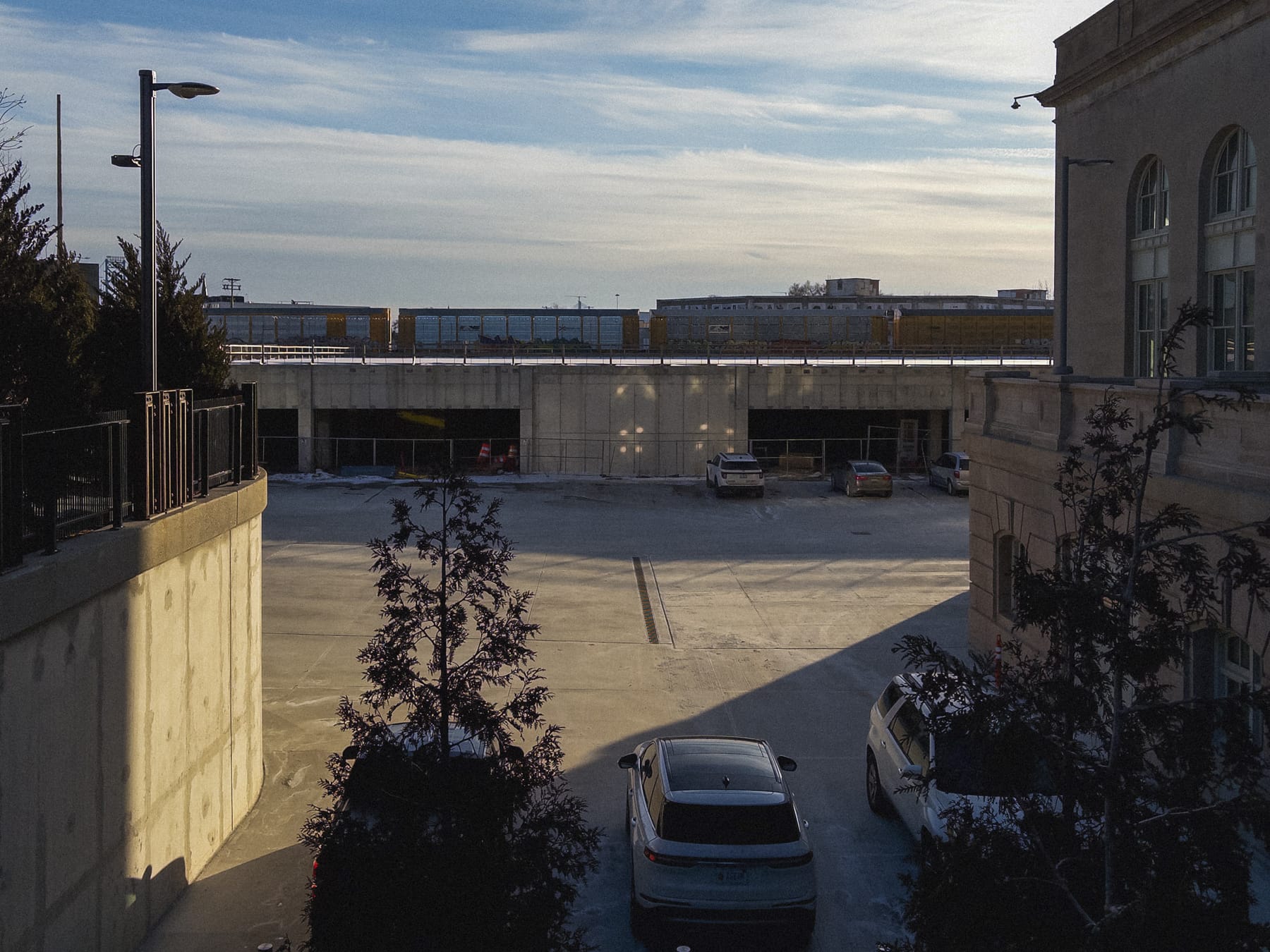Rufus turned six months old last week and on Thursday he got, to correct his slightly asymmetric head, a custom-fitted foam helmet. Picture that meme of the cat with a watermelon on its head and you’ll have a good idea of what it looks like. We all caught (and are now recovered from) RSV, just in time for Lunar New Year. And next weekend, on Imbolc, we’ll do our third annual fire pit burning of the Christmas tree, this year also with off-cuts of the tongue and groove paneling I’m installing in the nursery.
Daylight’s returning, the snow we’ve had on the ground for weeks is melting, but – I can’t believe I’m saying this – it’s too early to be anticipating spring. I know when it happens it will be a surprise (that’s why it’s called spring); I want more time and stillness but also get antsy in the moments I do have.
I remembered, just yesterday, in one of those moments of stillness, that it helps me to block my day by location more than task: study, workshop, kitchen, outside, etc. Just being in the place makes, more likely to happen, the thing I want to happen. A lesson I keep relearning.
Dumpling Club Patreon
January’s Digital Mending Circle happened this past Tuesday. Folks worked on writing and email catchup, and for my own maintenance task I set up a mirror of Dumpling Club (aka my site memberships) over on Patreon. So now, as an alternative to signing up through my website, you can, for $5/month, join the Dumpling Club Patreon.
If you haven’t heard my membership spiel, here it is: the main point of it is to show your appreciation for what I do and help me sustain my creative practice. Writing a novel is a years-long endeavor, and writing income, from the kind of writing I do, is unpredictable. Anything I can do to stabilize that income and decouple the art side of it from the money side lets me take bigger swings at wild ideas and projects.
So that’s the main point. But there are other perks including: a member-only update every month, early access to projects (Dumpling Club members were the first ones to get Testflight invites to Bebop). I’ve also shared a couple videos of talks and presentations I’ve made, including one walking through my Building Beauty dream house project. Dumpling Club is the test lab for ideas that aren’t quite ready for a wider audience; the digital mending circle started with Dumpling Club members.
Another perk is a twice-annual book club. We do a winter book and a summer book, and we’ve read fiction, nonfiction, a graphic novel and, most recently as our winter book, William Gibson’s Neuromancer – as narrated by William Gibson. I found out about this excellent audiobook version ripped from cassette tapes; it led to one of our liveliest discussions yet. My aim for the the book club is to never let it get stale.
All that’s to say, if it’s within your means, join the Dumpling Club Patreon. My goal for 2025 is to get 30 new members. If just three of you sign up from through this Sunday letter, we’re already ahead of pace.
February Mending Circle
I’m officially making the digital mending circle a recurring event. It will take place from 7:30–9:00PM Eastern on the second Tuesday of every month. That means in February, DMC will happen on Tuesday the 11th. The now-boilerplate description:
What, you ask, is a digital mending circle? A virtual co-working session for the kinds of oft-neglected maintenance tasks that accrue around our digital lives. Instead of darning socks and patching jeans, we update personal websites, delete unused accounts, work on side projects, or even just catch up on email.
Reply here or email me for the Zoom link. We’ll use the same one every month, so once you have it, you have it.
Speaking of …
… William Gibson: I loved this bit from his Paris Review interview about the conception, in Neuromancer, of “the Sprawl” – a megalopolis stretching the entire eastern US:
It had always felt to me as though Washington, D.C., to Boston was one span of stuff. You never really leave Springsteenland, you’re just in this unbroken highway and strip-mall landscape. I knew that would resonate with some readers, and I just tacked on Atlanta out of sci-fi bravura, to see how far we could push this thing. Sometimes in science fiction you can do that. The reader really likes it if you add Atlanta, because they’re going, Shit, could you do that? Could that be possible? If you’re visiting the future, you really want to have a few of the “shit, could they do that?” moments.
Emphasis mine. And then there’s this, which makes his interviewer, David Wallace-Wells, do a double-take:
GIBSON
Every day, when I sit down with the manuscript, I start at page one and go through the whole thing, revising freely.
INTERVIEWER
You revise the whole manuscript every day?
Insanity. But I also get it – the sequence matters! You need to know if you branched the story at the right nodes. I do this whenever I put together a slide deck; when I’m stuck or overwhelmed, I go back to slide one.
Here’s a lovely piece of criticism, Frank Falisi writing in Bright Wall/Dark Room about The Fablemans – and by extension, about movies and movie criticism:
‘Movie’ gets us close to the unconscious by rendering it not in a logical or poetic metric of words, but images—ones we’ve seen and remembered, ones we’ve made up and remembered anyway. It bonds an emotional or psychological state to these images, to our seeing them. Through their tenor and timbre (we call this cinematic language), ‘movie’ navigates the ways in which we not only see but desire or deny seeing.
There was a mention of The Fabelmans in 99 Percent Invisible’s breakdown of The Power Broker, which I cited in issue #435 and which, yes, I am still reading. I’m two-thirds of the way through the book though, and have been surprised by its brisk pace! I’ve only felt the need to skim/skip one chapter so far. I’m on track to finish before the daffodils bloom.
My favorite of the Oscar nominees I’ve seen this year is Anora, and in preparation for it, I watched Red Rocket. Sean Baker’s characters brim with so much life; both movies have such a wide emotional range, too. Another thing they have in common: the use of Aguafina Script Pro in the posters and titles. Mubi has the story behind Baker’s trademark font.
Makes me want to go back and rewatch The Florida Project, especially now that the colorful motel where it was shot has been painted gray.
How did they shoot the opening sequence of Severance Season 2? Ben Stiller and Adam Scott explain.
And RIP David Lynch, whose last on-screen appearance is a cameo toward the end of The Fabelmans as director John Ford. The character is introduced as “the greatest director ever.”

Ducks on the lake,
Jack
